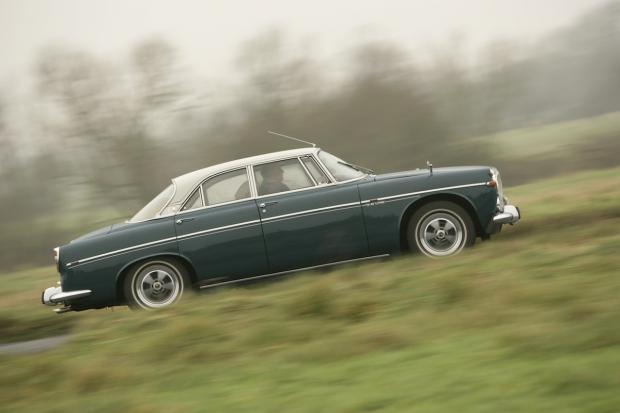
If one car could define everything that is good about a British classic then perhaps that car would be the Rover P5/P5B.
Despite its generous size, its looks combine brutal sportiness with old-school luxury in a way that is hard to pull off convincingly.
In fact, Rover did such a good job that the model was one of the Queen’s favourite vehicles, while the British government snapped up the last batch so they could be guaranteed for ministerial use.

Strangely, the P5 could be had as a four-door saloon or a four-door coupé, the latter distinguished by its more rakish rear roofline.
It was Rover’s first attempt at a monocoque chassis, resulting in a solid car with a hefty front subframe that supported the engine, front suspension and gearbox.
Initially, the car came fitted with a 3-litre straight-six, with seven main bearings that meant it was exceptionally smooth, although gutless in automatic form.
The best was yet to come, though, and it came thanks to the 3.5-litre, all-alloy Buick V8 that was spotted by MD William Martin-Hurst on a trip to the States. He purchased the rights to the legendary unit and fitted it to the P5B from 1967.





